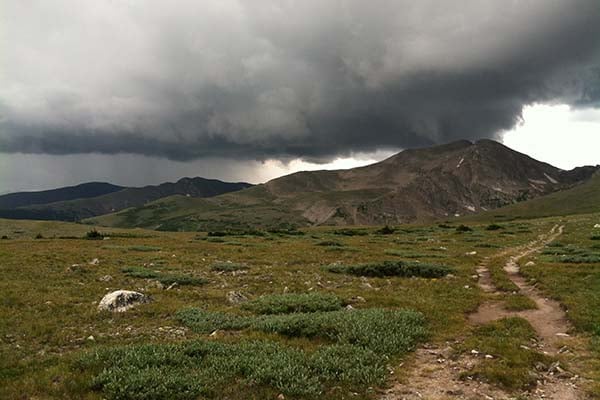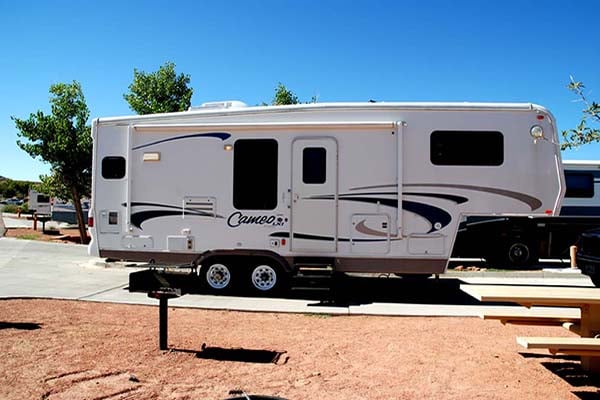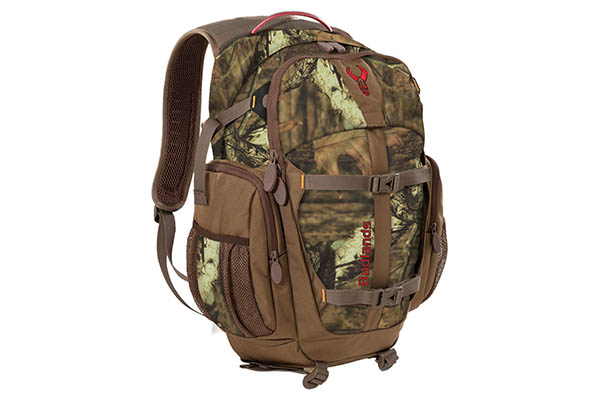Last Updated on
By David Link
Nothing is quite like getting far off the grid, and it’s something that not enough people do, commonly out of fear of the uncertain or concern that they will get lost. Even if you don’t live near a large wilderness area, you can plan a trip or a long day hike around a substantial trek into the wilderness very easily, and you’ll find that the nearest area isn’t as far away as you thought. What lies ahead is some of the most beautiful places in this country, and you can see them with minimal to no crowds. Nothing quite compares to finding a hidden lake or gazing at the horizon from a remote mountain top, but don’t let me tell you about it, find out for yourself.
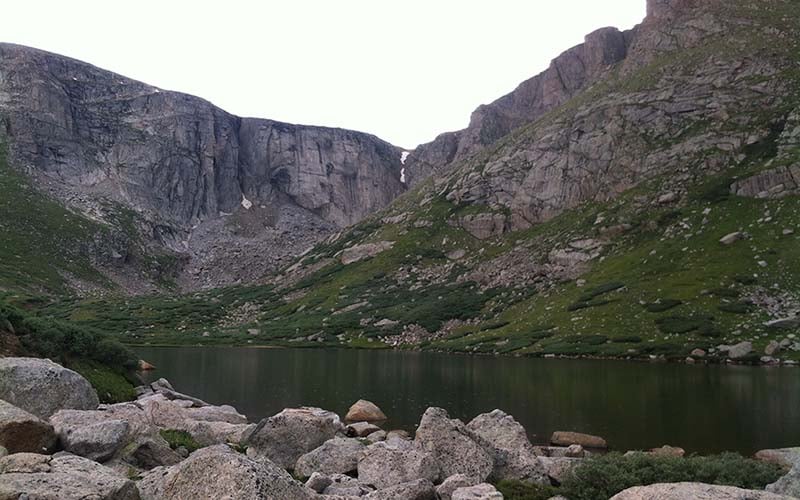
If this is your first trip, or even if you’re just planning a long day hike, there are some tips for preparation and travel to take into consideration. Let’s go through some of the important ones in order.
Preparation
First thing is first, you’ll want to research where you’re going thoroughly. The internet has become a key resource for hikers, and chances are if you’re considering a hike in an area, someone has already done it and reported about it on the web. The site alltrails.com is a good place to start, but there are plenty of other resources out there. Once you narrow down a trail or area, do more targeted searches on it. You may find notices about potential closures and other important info. The US Forest Service is another valuable resource if your travels take you to a national forest or grassland, and there are plenty of updates right from the source on their page.
Leave Directions
Once you’ve got your target location, write it down with specific instructions on what you plan to see or do as well as driving directions, and give it to someone who will be upset if you go missing. This way if something goes wrong and you don’t return from the trip, authorities or search and rescue will know where to start. If you’re getting way off the grid, you may consider investing in a personal locator beacon. These emit distress signals to NOAA and can be used to guide search and rescue to your location. Naturally any device should only be used in a dire emergency, and you don’t want to be the clown who calls for search and rescue unnecessarily.

Recently satellite messengers have risen in popularity and they can serve a similar purpose. I looked at a prominent messenger company, SPOT, while I was at SHOT Show this year. The technology seemed promising, especially since my friends and I are always trying to meet up in areas where there is no cell service, and a friendly “I am here” call would be a nice thing to have in addition to an emergency call. However, I found the price of the device in addition to a “no negotiation” yearly service package to be fairly expensive, especially just to try out, so you’ve got to be pretty committed to the service to try it. I’ve also heard that service can be spotty with these devices, and it sounds like they still need some more development before they’re truly to be counted on.
Maps And GPS
Directions or emergency beacons aside, it’s much more important that you know where you’re going. First, it’s easy to get a map of the area you’re heading to, and opt for the tough, waterproof map and leave the flimsy paper one at home. The use of that, in conjunction with a compass or GPS, should give you all you need to successfully navigate the area in question, especially since you researched it in advance.
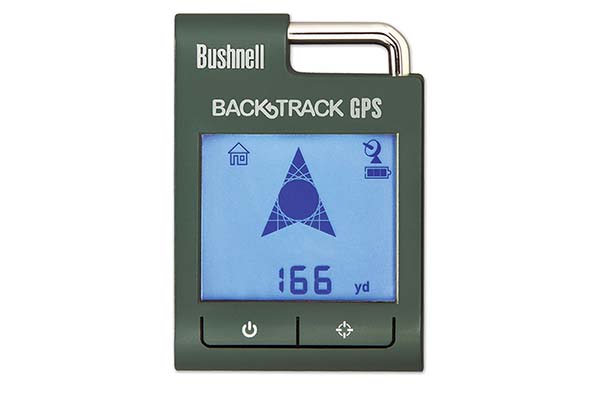
Remember your phone might not work in the area you choose, and you can’t plan on it doing you any good. That said, sometimes it will surprise you. One time I was hiking in subalpine terrain and my phone went off unexpectedly. My buddy on the other line said: “Want to grab a beer?” I laughed, I was 6-7 miles from my truck and almost above the treeline. “Um, no can’t right now.” In that circumstance, I was almost annoyed my phone wasn’t out of service. That said, it’s still worth bringing along, just in case it works when you really need it.
Pack All Vital Gear
There was a foolish day, on the same trail that my friend unexpectedly called me on, that I didn’t pack all I needed and I paid for it. Early that morning I was anxious to get started, and I hastily packed my bag. I thought I had it all, but one of the most important items didn’t make it into my day pack: my rain jacket. It was almost summer in Denver and certainly spring in the mountains, but in Colorado you never know when that storm is going to show up.
The first half of the day was excellent, sunny and warm, but on the way back rain and a little light hail began to fall. I took a break and crawled up under some shelter hoping the rain would pass quickly. After a while, the rain picked up more, and the day was starting to wear on. At least I could make a run for it and stay warmer if I had that jacket, but instead I got extremely soaked in my t-shirt, and those last couple miles were miserable. It could’ve been a lot worse, especially if I was unexpectedly lost or injured, and now I always double check the pack before I leave.
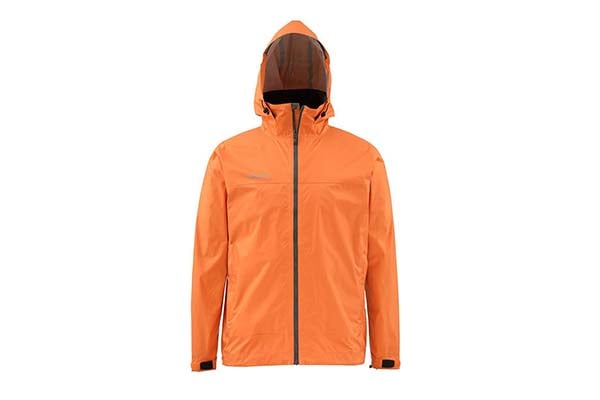
A good backcountry or long hike checklist is an article in itself, but here’s a short checklist to consider:
- Extra layers (jackets, rain gear)
- Quality knife
- Fire starter w/ backup
- Plenty of water and/or hydration pack
- Food high in energy (with enough to last more than just the hike)
- Headlamp or flashlight
- A warm stocking cap or cap to keep the sun off your face (a bandana for your neck is never a bad idea on warmer hikes either)
- My personal – a large “contractor grade” garbage bag (the best and smallest emergency shelter in a pinch)
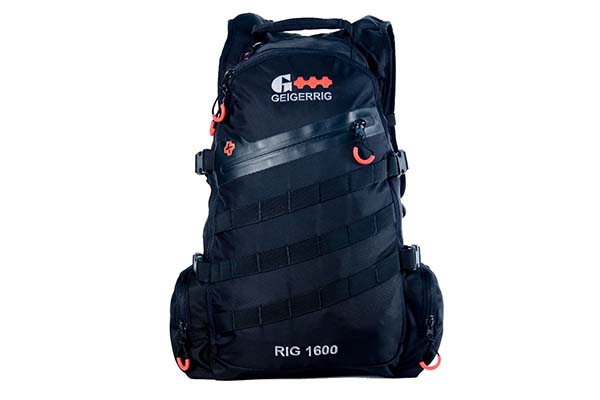
Of course the list goes on and on, but these are the bare essentials that should never be left behind.
While On The Trail
While you’re on the trail, there are plenty of things to do to keep yourself safe and on track:
- Avoid taking long excursions away from the trail as this is the easiest way to get lost. I like to get a bit off the trail for a snack or rest, but I always plot the way back and I never go too far.
- Always keep an eye on the weather, and never spend an extended time above the treeline if rain threatens. The worse place to be during a lightning storm is above the treeline – you’re a walking lightning rod. Even if you’re at lower elevations, if something serious threatens, it may be time to call it a day.
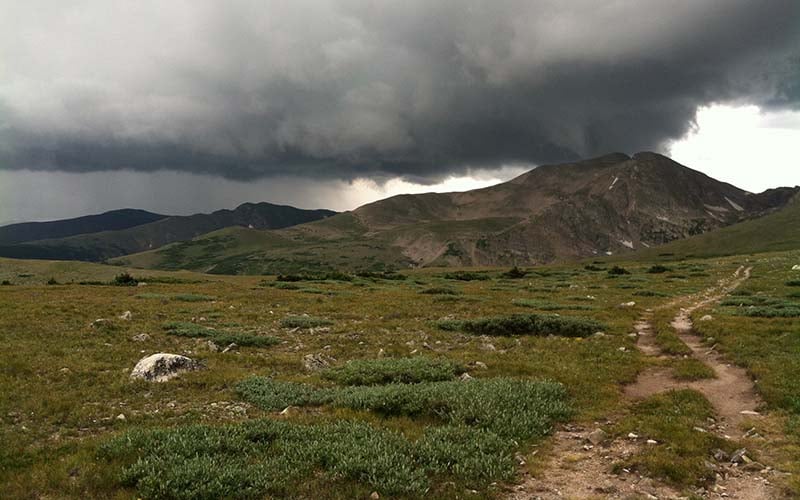
- Exercise caution if dangerous wildlife is around. If you’re in bear country make a lot of noise as you travel, and if you’re concerned about snakes, never jump or travel into a confined section without checking it first.
- Note landmarks as you travel, even when you’re on the trail. Your best guide will always be your memory, but don’t expect it to be infallible. Old trees and rock formations can be mistaken, and if you’re heading back out the way you came, cross reference landmarks with your map and GPS.
- If you get a bit turned around, don’t panic. Stay calm and investigate the direct area without heading off in one direction with reckless abandon. Most people get lost by over-reacting. Check your map and local landmarks before you head off in a direction that may end up getting you more lost than you already are.
Have fun and stay safe out there. There are countless trails and wilderness areas to be explored in this great country of ours.
Image two courtesy of Wikimedia Commons. Image one and five and thumb by David Link.
